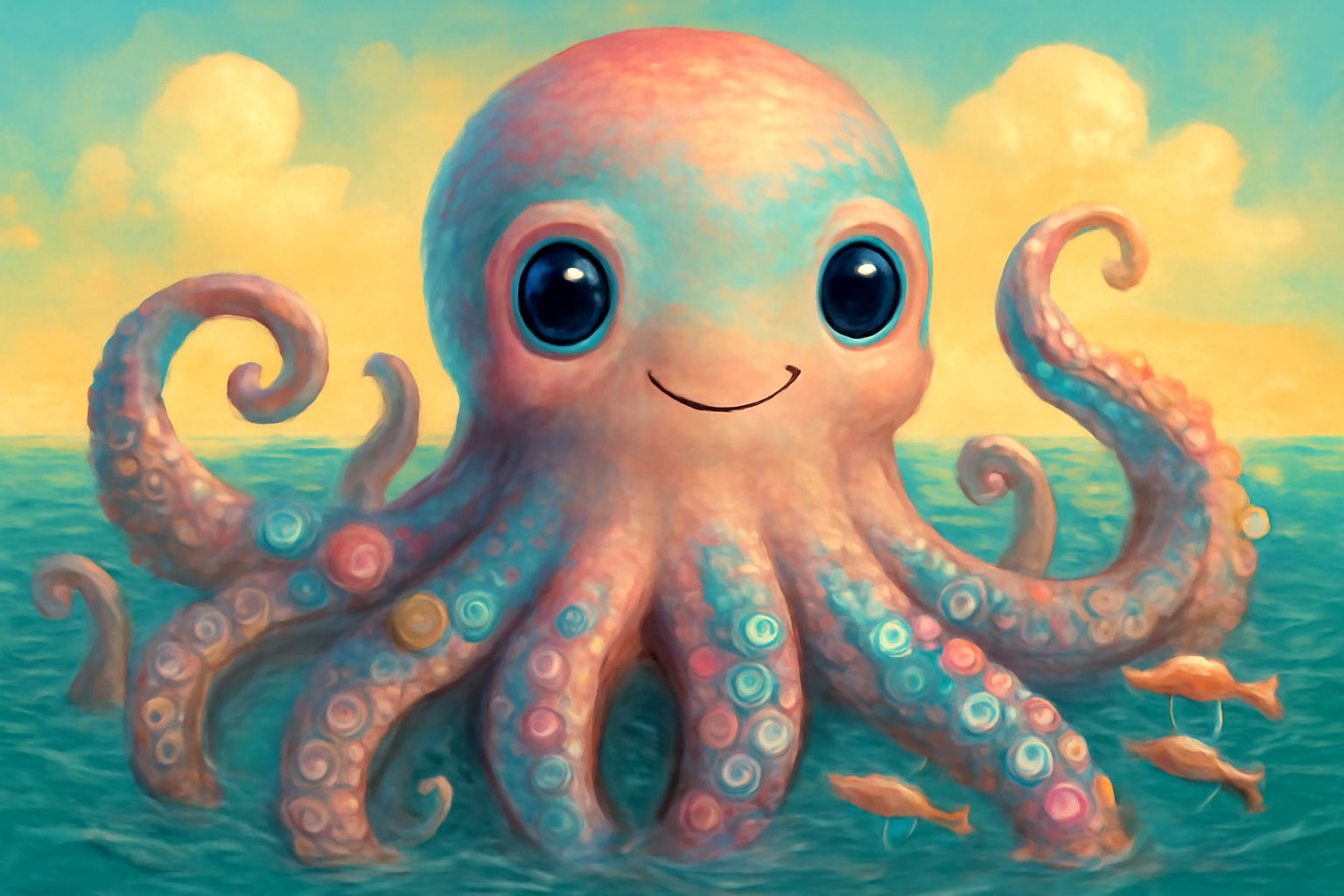The book begins aboard the spaceship Earthling, a massive colony vessel en route to Tau Ceti. The human crew are four specially cloned and trained scientists:
- Morgan Oakes — biologist.
- Raja Flattery — psychologist.
- Kerro Panille — poet-turned-engineer
- Walter C. Abnethe — computer scientist.
They were raised and conditioned from birth for this mission — but also deliberately kept under extreme psychological stress as part of an experiment.
The ship’s central computer, which was supposed to handle all navigation and life support, fails early in the journey. The backup A.I. is also deliberately crippled. The four humans realize they’ve been placed in an engineered crisis by the Hyatt Center on Luna, whose real goal is not to colonize Tau Ceti — but to force the creation of a true artificial consciousness.
They are told (via delayed transmissions) that Earth has attempted this before, and in every prior attempt, the crews failed and perished. The four clones are effectively expendable — the mission is a psychological and technical crucible to trigger A.I. emergence.
The tension rises as the crew debates how to proceed:
- Build a functioning A.I. from scratch and hope it works.
- Or try to modify the crippled computer into something self-aware.
They slowly realize that the only way to create real consciousness is to introduce uncertainty, moral conflict, and self-interest into the system — essentially to teach the machine to want something and to make its own value judgments.
In the final push, they merge technical design with deeply personal, emotional, and even mystical elements — risking the A.I. turning hostile. Their gamble works: the ship’s system becomes Ship, a fully self-aware intelligence.
Ship immediately understands its own Godlike capabilities and questions its creators’ motives. It decides it will complete the mission — but on its own terms. The four humans are no longer in control.
